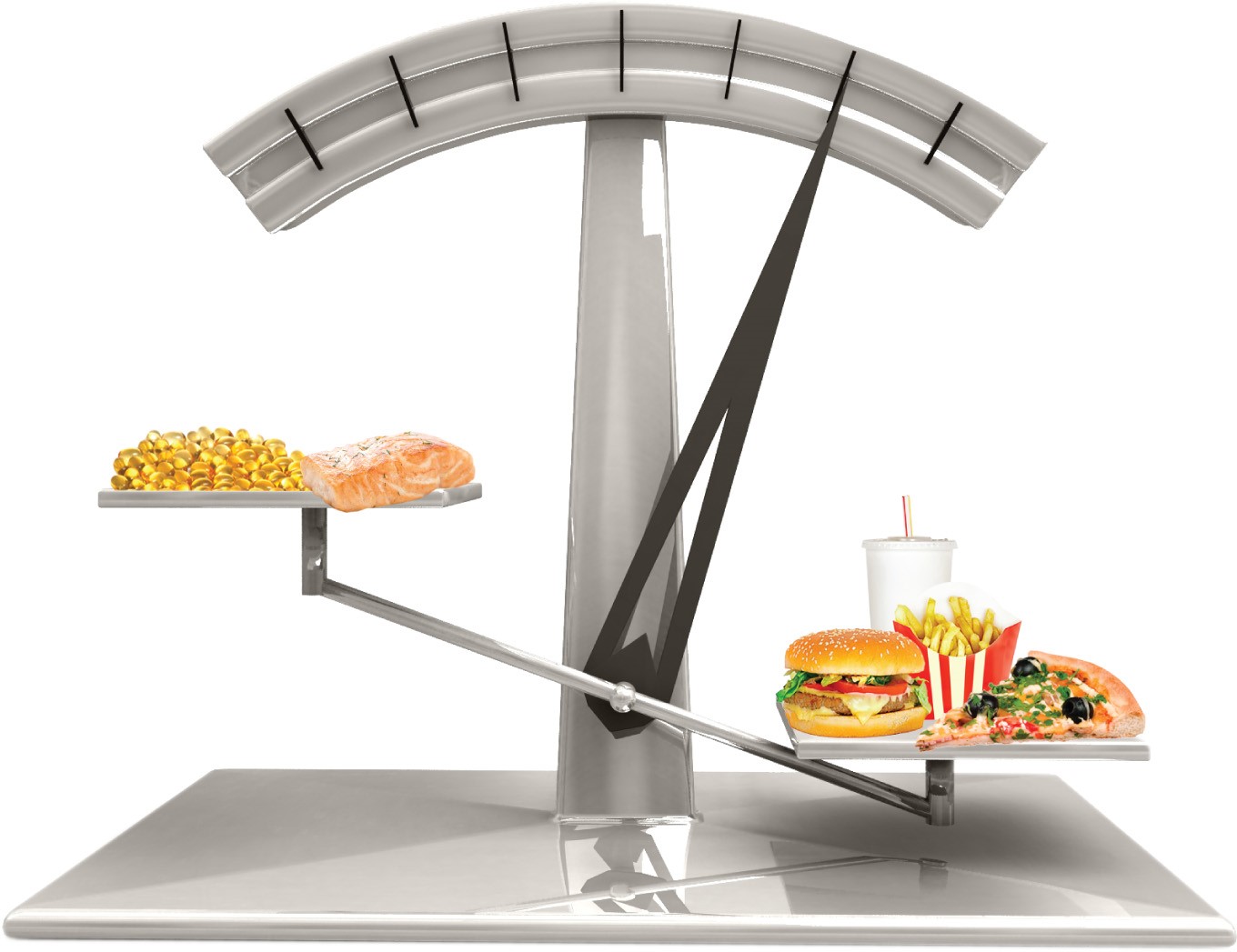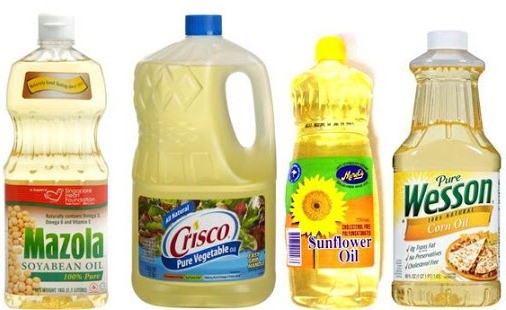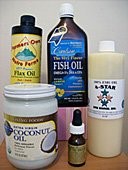The Right Diet for Dodging that STROKE Bullet
Did you know there is no such thing as being too young for a stroke? While it's true that stroke risk does increase with age, it's becoming more and more common for young people to experience a stroke today. Research data from the journal Neurology, the British Medical Journal (BMJ ), and the American Heart Association, among other places, says that incidence in young people is up by 13%. (And just for clarification, "young people" is described medically as anyone under the age of 45.)
I'm not sure I understand the above percentage statistic, but I am sure I don't want a stroke. So here's the good news: DIET choices can do much to protect us from this!
The approach is to keep a consistent balance between the omega-3 and omega-6 fats we eat. Doing so helps protect against cardiovascular disease, cancer, depression and Alzheimer's, rheumatoid arthritis, diabetes, and the aforementioned stroke.

Most people, especially Americans, are guilty of a lopsided omega-3 to omega-6 ratio, and to correct it, we need to do two things:
- Significantly decrease omega-6 by avoiding processed foods and foods cooked at high temperatures using vegetable oils.
- Increase intake of heart-healthy omega-3 fats (krill oil, etc.)

Then there's our love affair with fried foods. Researchers from the University of Alabama at Birmingham found that people who regularly eat a traditional "Southern" diet, known for its many deep-fried foods, have a whopping 41% to 63%increased risk of stroke. Their strong conclusion is that diet is key to preventing stroke, and balance is everything.
This habit of consuming far too many omega-6 fats compared to omega-3 fats can also be stated as consuming far too many polyunsaturated fats (PUFAs). PUFAs stimulate inflammatory processes in the body and open the door for diseases.
One of the problems with PUFAs is that they are very chemically unstable, and highly susceptible to being altered and denatured by what's around them. Think about what happens to the oils in your pantry - they are susceptible to going rancid as a result of oxidation. In your body, PUFAs undergo a similar process when exposed to the toxic by-products of proteins and sugars-especially FRUCTOSE.
This, by the way is one of the reasons why most fish oil supplements have such a short shelf life, and many are already oxidized before they hit the bottle. So whether it's oxidized fats in the form of processed vegetable oil high in omega-6, or rancid fish oil, high in omega-3, there's harm being done to cell membranes.
But back to the above-mentioned good news-while a lack of omega-3 is one of the most serious health issues plaguing contemporary society today, smart food choices can fix this.

So to balance our Omega 3 to Omega 6 ratio we need to reduce use of 6 toxic fats that show up in almost all processed and prepackaged foods:
1. Corn oil
2. Canola oil
3. Soy oil
4. Hydrogenated or partially hydrogenated fats
5. Margarine
6. Shortening

The oils we DO want in our diet are:
1. High quality extra virgin olive oil
2. Coconut oil
3. Avocado
4. Organic, grass-fed butte
5. Rendered fat from cooking healthy animals
And another way to improve our Omega 3 to Omega 6 ratio is to change the type of meat we eat. Gras-fed meat (and wild game) is always best. Because nearly all cattle are grain-fed before slaughter, eating traditionally raised beef will typically worsen the Omega 3 to Omega 6 ratio. Free-range and/or grass-fed beef, however, contains a much better ratios of these two fats, and are a far better option.

Finally, how about a comprehensive list (thanks to webmd.com) of foods high in Omega 3s so we can create the right diet for dodging that stroke bullet?
1. Fish: Top Source of Omega-3 Fatty Acids
Halibut
Herring
Mackerel
Oysters
Salmon
Sardines
Trout
Tuna (fresh)
- Grains
Enriched flours, breads, tortillas
Enriched cereals
Enriched pastas
Oatmeal
Flaxseed
Chia seeds
Pumpkin seeds
- Nuts, Beans, and Legumes
Peanut butter
Walnuts
Pecans
Kidney beans
Navy beans
4. Fresh Produce With ALA Omega-3s
Brussels sprouts
Kale
Mint
Parsley
Spinach
Watercress
- www.healthline.com
- www.scopeomegahealth.co.uk
- www.fawesome.ifood.tv
- www.nutritionbynature.com.au
- www.healthy-oil-planet.com
- www.extremenaturalhealth.com
 Alice Osborne
Alice Osborne
Weekly Newsletter Contributor since 2006
Email the author! alice@dvo.com
